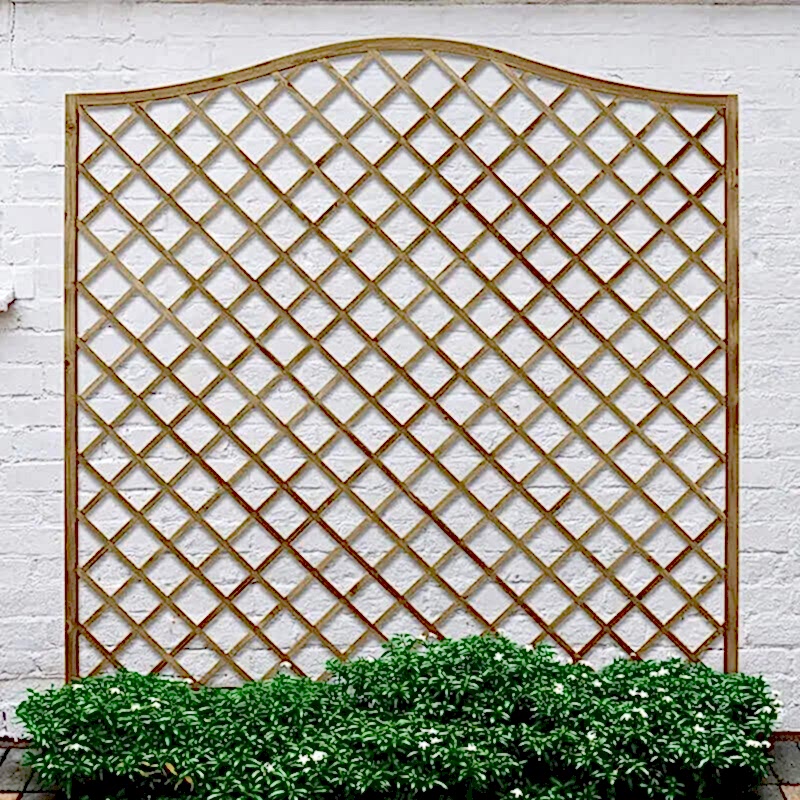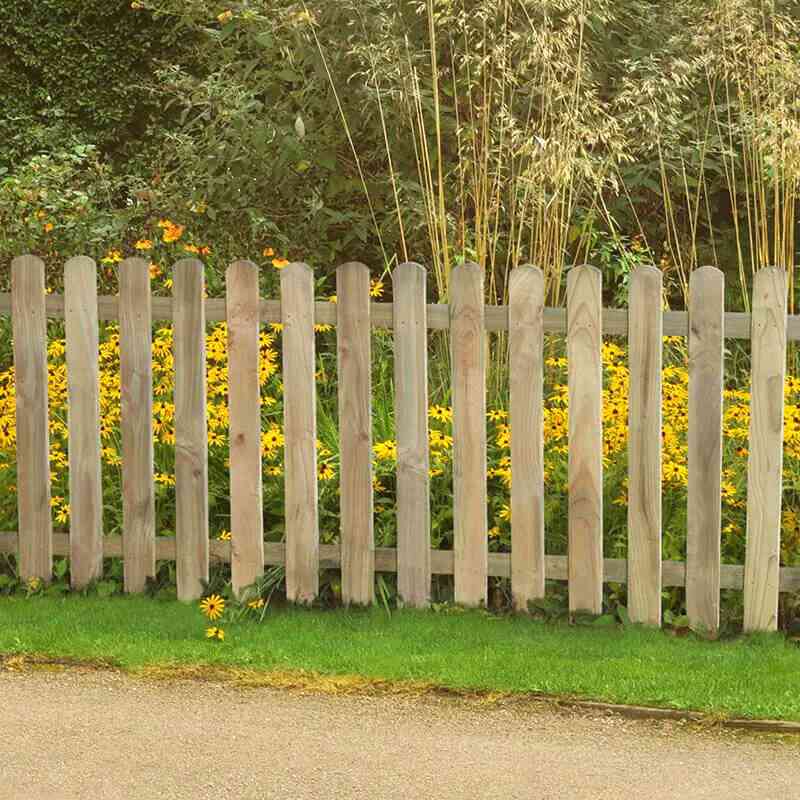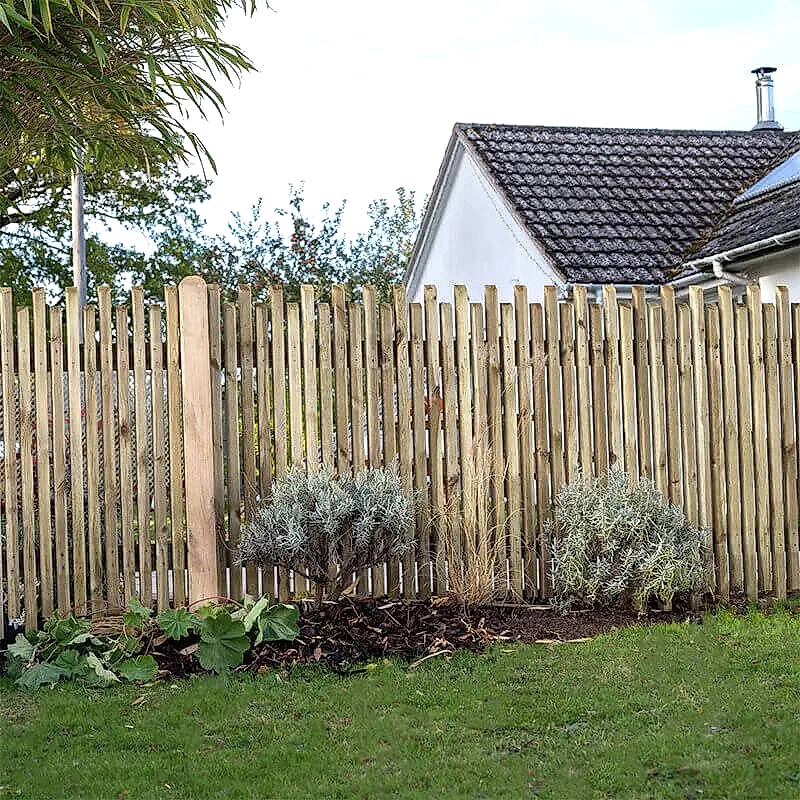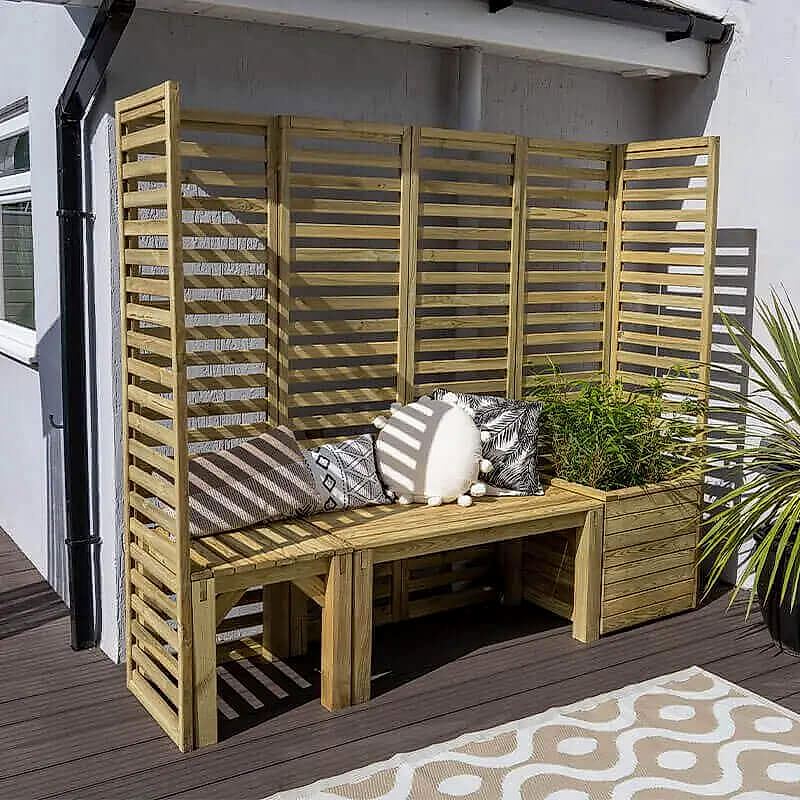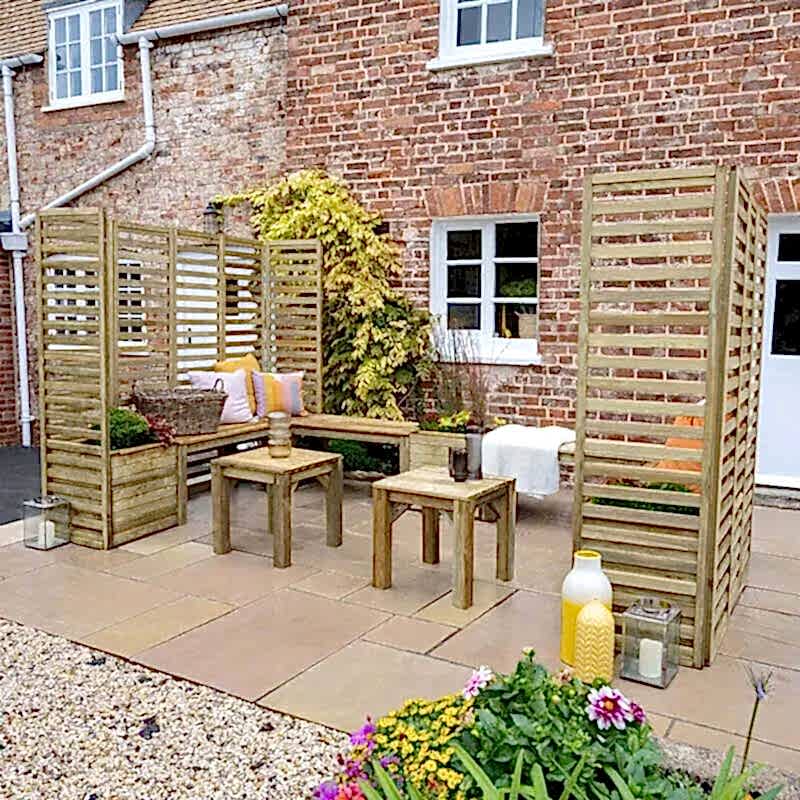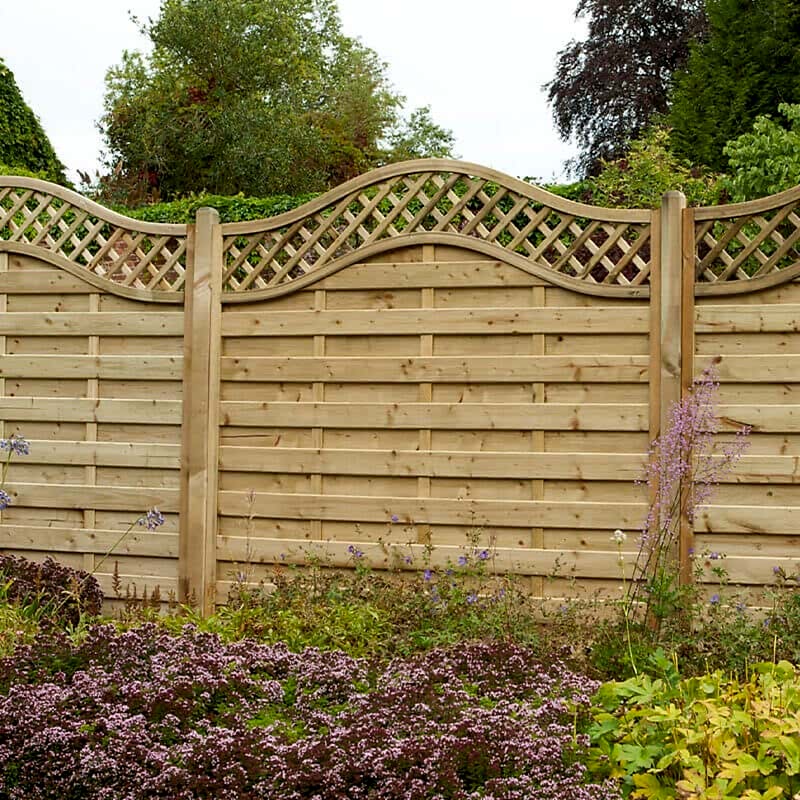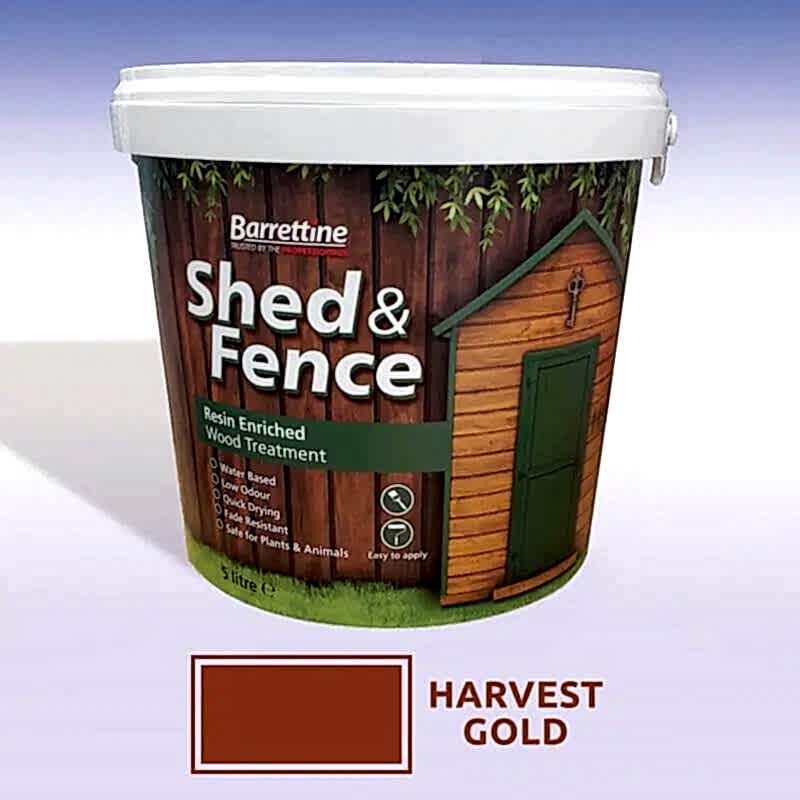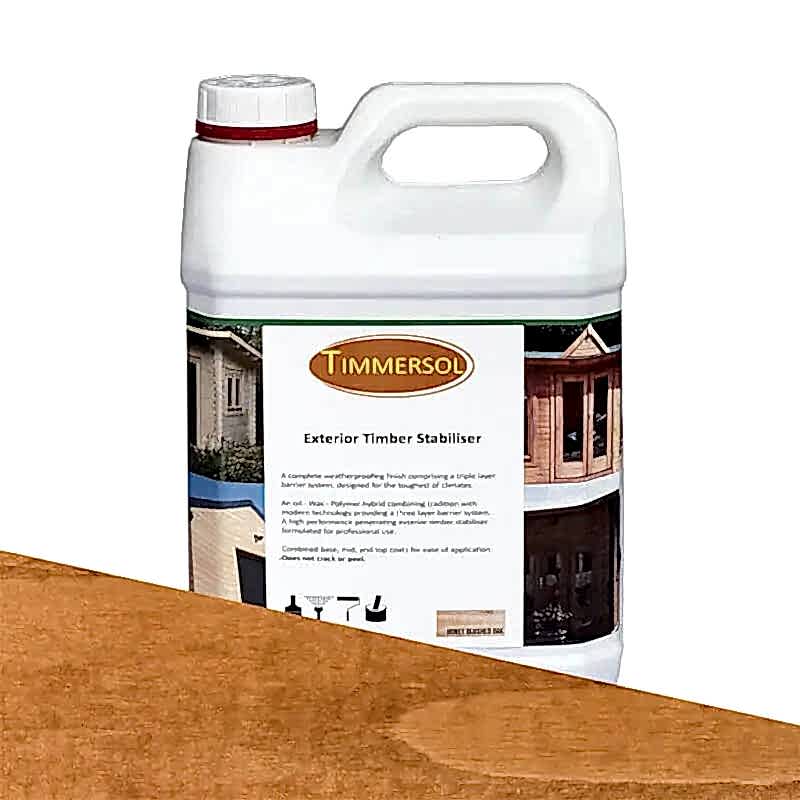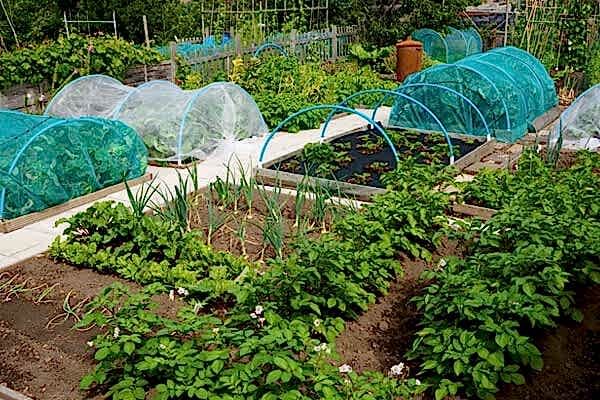
Allotments are safe havens for our mental health and overall well-being, but only if our crops are safe from vermin, passersby, adverse weather and thieves. Protecting your crop with sturdy allotment fencing should be high on your agenda, as a productive allotment can produce valuable crops all year round.
A durable but attractive allotment fence must blend into the surroundings and be able to handle everything the British weather has to offer.
Why are durable allotment fence options essential?
Your choice of allotment fence must tick all the boxes, offering robust protection and security for your personal market garden.
Protecting your crops year-round – benefits of strong fencing
Allotment fencing is designed to protect your crops year-round. The benefit of strong fencing is the difference between a full salad draw or a trip to the supermarket veg aisle. If you can eat homegrown fruit and vegetables, why would you not want to protect them?
Here are some of the less apparent benefits of strong allotment fence ideas:
- Aesthetic appeal
- Microclimate creation
- Noise reduction
- Soil erosion protection
- Support for climbing plants
- Wildlife protection
All these elements are vital to the eco-structure of your allotment. Protecting your allotment with robust fencing helps you and your family enjoy nature without depleting its resources.
Withstanding seasonal elements – keeping your allotment secure
Keeping your allotment secure is uppermost in the mind of any keen gardener. No one wants to lose their crops to the weather or unwanted visitors who might try to help themselves.
You can keep your allotment secure by using the highest fence you can find with the strongest gate or gates and combining these elements with robust equipment storage in the form of a shed or other multi-use garden building.
Often, an allotment is run by a committee that will approve any changes to your allotment fence. In this instance, it is a good idea to consider all the options available in advance and their pros and cons so that when you decide on the new allotment fencing ideas, everyone agrees.
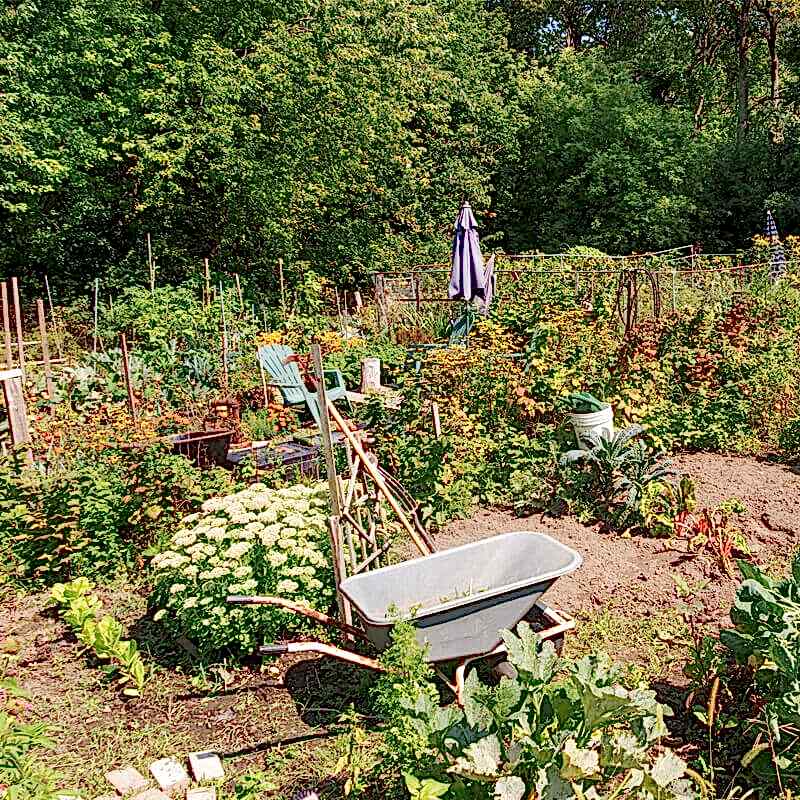

Types of allotment fencing materials
There are many types of allotment fencing options available, and the best allotment fence is one that covers all eventualities.
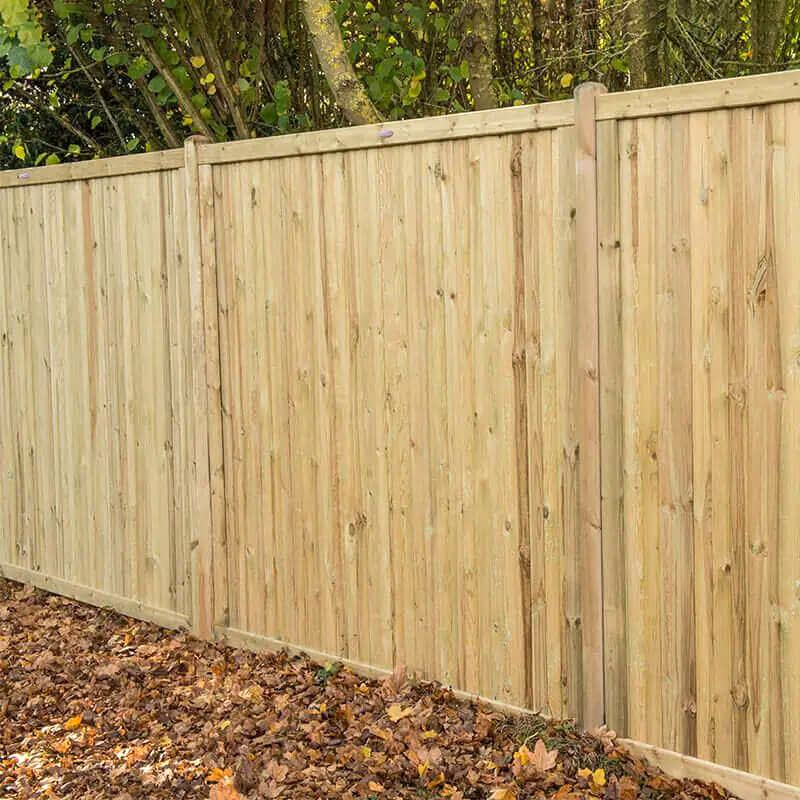

Wooden fences – classic look with sustainable options
Wooden allotment fences are by far the most popular because they offer the best aesthetic appeal, help with soil erosion, and create a microclimate that is suitable for wildlife but keeps out pests, both human and animal.
Allotment fences made from acoustic fence panels can be beneficial, as allotments are often sited in waste ground close to railways and busy roads. Contemporary or modern open-slatted fence panels combine looks with practicality, allowing plants to climb and wildlife to move around freely, enriching the ecosystem.
Allotment fencing ideas also incorporate sustainability, which is part of the Allotment Association's ethos. The association holds dear the elements that allotments should build communities, be sustainable, and encourage preservation and advocacy. Robust allotment fence ideas protect these community gardening sites for future generations, ensuring allotments are always welcoming, well-maintained, and most importantly, accessible to all.
Metal fencing – strong and long-lasting for high-security needs
Often, allotment fencing ideas incorporate metal fencing, especially if the allotment is situated in or around an industrial site. Metal allotment fencing is strong and weather-resistant, giving off a 'keep-out' vibe that allotment owners might prefer. However, tough metal fencing still requires some maintenance and might not be suitable for climbing producers such as fruiting vines like passion fruit or climbing vegetables like cucumbers.
If your allotment is in your garden, then this is another matter. Metal fencing has a contemporary look and can be extended to protect your vegetable garden.
Plastic and vinyl – lightweight and low-maintenance choices
Plastic and vinyl allotment fencing ideas usually revolve around smaller allotments that require a lightweight alternative to metal, mesh, and wire fencing. While less attractive than wooden allotment fencing, plastic and vinyl fence panels are easy to install, low-maintenance, and a no-fuss option that can blend in with the surroundings to create a secure barrier between your produce and passersby.
Mesh and wire – budget-friendly options for crop protection
Mesh and wire fences are budget-friendly options for crop protection, but they are not aesthetically welcoming. If your allotment is situated on a vast site, then this kind of allotment fencing is practical and low-cost; you can see through it, which might not always be a good idea, but if your budget is uppermost on your priority list, then installing a mesh and wire allotment fence might be the answer. There are, however, some downsides to this kind of fencing, including endangering wildlife and domestic animals that can get caught in the mesh and cannot easily escape.
Practical allotment fence ideas for different garden layouts
Whenever we can, we like to contribute some hints and tips to help you with your allotment fence ideas. Here are our practical tips for using trellis, compact, and modular fencing units:
Using trellis fences for climbing plants – adding vertical growing space
Trellis allotment fencing is a fabulous way to add vertical growing space to your allotment or vegetable garden. If you are creating a produce patch in your back garden, trellis fence panels are perfect for sectioning the fruit and vegetable crops from the remainder of your garden without blocking the light and the view from the remainder of your garden.
What is more, trellis fences offer a chance to grow climbing producers without the need to use growing frames or teepee trellises. We often forget to make the most of our vertical space, and the trellis fence is an ideal, secure boundary for our seasonal crops.
Compact fences for small allotments – making the most of limited space
Small spaces need compact measures; making the most of limited space is vital. This is where compact fences come into play. Compact fences are also known as small or low fences and short panel fences, particularly picket fences, used to divide areas in your back garden or stake out your boundary in your front garden.
The trick with compact fences is incorporating a storage solution or a built-in bench to section off your allotment and make the most of your space. Here are some examples of compact fencing panels:
Combine these panels with a 8' x 6' Palram Canopia Austin 2400 BBQ Shelter Gazebo - Black (2.84m x 1.8m), and you have a sectioned-off area with seating and storage where you can sit and enjoy food whilst watching your garden allotment grow.
Modular fencing – adapting to changing layouts and crop rotation
Allotment fence ideas that include modular fencing are another excellent option for small veg gardens or allotment plots. Modular fencing often provides storage and seating and is so handy because it is easy to move around. If you are unsure what we mean by ‘modular’, look at the Forest Modular Wooden Garden Set 2. This combo can separate the allotment area from other plots or areas within your garden, creating an individual multifunction space that looks good and is a practical addition to your home.
You could even go one step further with the Forest Modular Wooden Garden Set 5, which offers twice as much seating storage and seclusion fencing.
DIY tips for installing your allotment fence
Installing your allotment fence requires the right tools, equipment, and patience. Here is a rundown on what you need; while patience is vital, tea is not included.
Essential tools and materials for a quick setup
To install a fence for your allotment or garden vegetable patch, you need the following items to hand:
- Fence panels
- Fence posts
- Fence post caps
- Gate and fence hardware
- Concrete mix
- Gravel boards (if required)
- Tape measure and level or string line and stakes
- Cordless drill and hammer with nails
- Shovel or spade and a trowel
- Circular saw or hand saw
- Sledgehammer, mallet or Auger or fence post driver
Ask a friend or neighbour to help, as fencing is a two-person job unless you have extra-long arms and are good with weights. Why not read our blog about decorative fencing ideas for more information and ideas?
Step-by-step guide to effective fence installation
If you are replacing your existing allotment fence or buying a new section of allotment fencing, you can expect to purchase some of the above items depending on your needs. The fence panel choices vary, depending on how big your space is and how secure you want your allotment fencing to be. There are also the actual fence installation costs and any ongoing maintenance to factor in. Read our fencing buying guide to arm yourself for your allotment fence purchase.
Once you have read the blog, here is your concise and effective step-by-step allotment fence installation guide:
- Prep your site – check for underground cables or pipes before digging
- Measure your fence post holes – a quarter of your fence post must be underground; this ratio is crucial for stability, so make sure this is accurately measured
- Place the post in the hole – this is a two-person job
- Cement - make sure your cement mix has the correct ratio. Add just enough to soak the dry mix without making it too wet
- Level-up – keep checking your levels; a wonky fence post means an unlevel fence
- Brace and be patient – use bracing battens to keep the fence posts upright while you wait for the cement to dry
- Add fence panels – only when the fence posts are stable
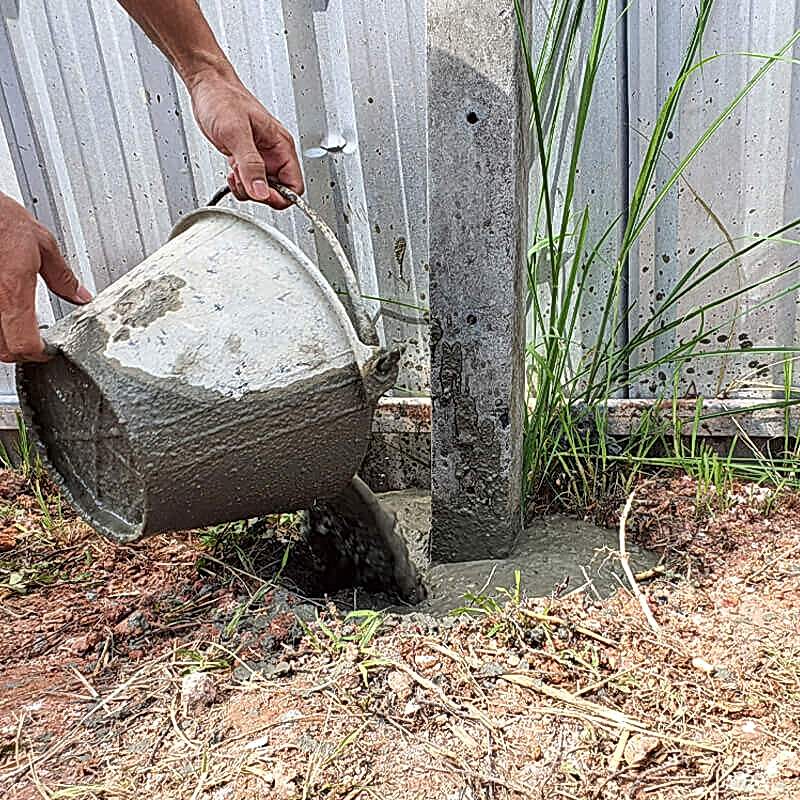

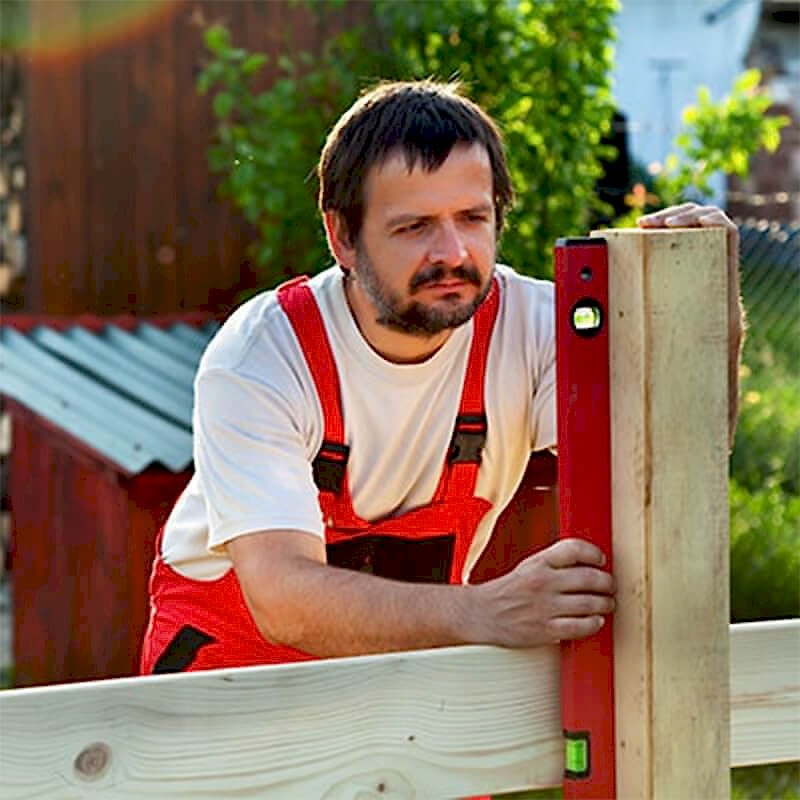

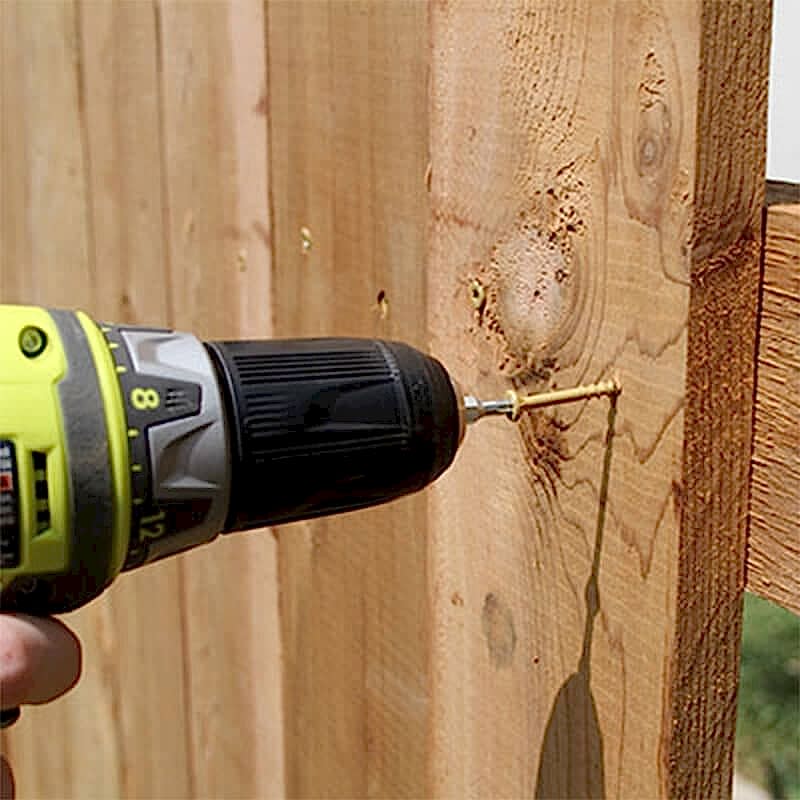

For more information about fence panel installation phase click here.
Maintenance tips for allotment fencing throughout the year
Allotment fencing or any fencing maintenance is a year-round task. If you keep on top of your maintenance, you can extend the life span of your allotment or garden fence panels. Follow these tips, and you will not go far wrong.
Seasonal inspections – checking for damage and repairs
At the turn of every season, you need to check your allotment fencing. Even if you buy the best quality pressure or dip treated fence panels, you must be rigorous about their care. Check twice yearly for pest infestation, mould, mildew and general damage.
For the longevity of your boundary, consider the following tips to maintain strong allotment fencing:
- Inspection and repair
- Protective treatments
- Regular cleaning
It is a good idea to perform maintenance checks at the end of each season, especially after any peaks in weather conditions. Here is some more advice about strong fencing solutions.
Treatment and preservation – prolonging the life of wooden fences
If you buy fence panels from us, they will already be either pressure treated, or dip treated by the manufacturer and hold a lengthy warranty. However, if you want to make sure your fence panels have all the belts and braces they need, investing time and money into some additional preservation treatments will ensure you are covered. Click here to check out all the timber treatments and their uses we recommend in addition to the manufacturer’s processing.
Timber treatments are not just a handy addition but a necessity. A good wood preservative will keep your fencing and garden buildings protected from rot and fungal decay, so they enjoy an extended lifespan and retain their aesthetic appeal. We are experts in wooden garden products and only recommend the best timber treatments. We stock an excellent range of Timmersol preserve products, the best wood preservatives available.
Protecting metal fences from rust – basic upkeep tips
Treatments are not just for timber fencing; metal fencing needs care to ensure it remains rust-free.
Here are some essential upkeep tips:
- Apply high-quality exterior paint or sealant
- Apply rust inhibitor or preventer
- Inspect regularly
- Remove any rust found
The above measure will maintain your metal fence well past its installation warranty.
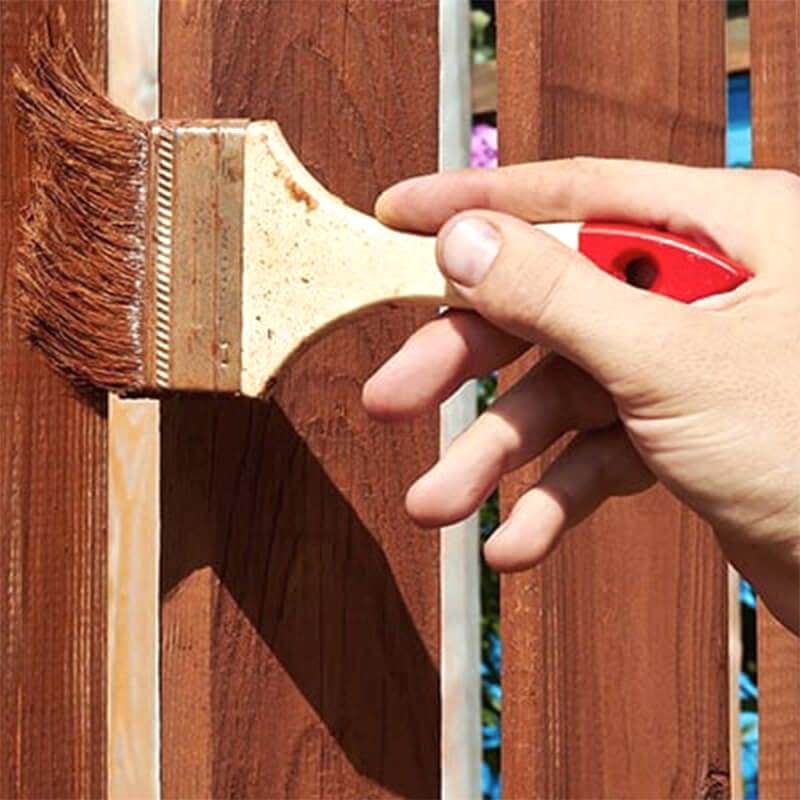

Conclusion
Allotment fencing is key to protecting your crops and your gardening efforts. A good allotment fence not only keeps out pests and intruders but also adds value and looks good all year round. From trellis panels for climbing plants to metal and wire for high-security needs, there are fencing solutions to suit every budget and size of garden.
Practical ideas like small fences for small areas or modular designs for changing layouts mean gardeners can adapt to whatever needs arise. Seasonal maintenance like checking posts and treating them ensures your fence withstands the weather and stays functional. Looking at allotment fence ideas will give you privacy, protect your crops and create a beautiful space. For other gardeners, allotment fencing is an investment in their garden’s future, and long-term benefits for their plots.
Contact us
Allotment fencing plays a valuable role in securing your garden, protecting your crops and keeping your plot looking good. Whether you want to protect precious plants, save money with budget options or look at trellis designs we are here to help. Contact Buy Fencing Direct or talk to us about allotment fence ideas for you.
Contact us in the following ways:
- Call us – dial 0333 003 0515 to speak with a member of our team today
- e-Mail us – use our contact form to send a message in an organised and convenient way
- Chat with us – access instant support through our live chat feature at the bottom left of your screen





